Get your students to add fractions with unlike denominators using this set of task cards focusing on a variety of strategies.
Add Fractions with Unlike Denominators
Adding fractions can be a tricky concept for students to grasp. This becomes all the more complicated when the fractions have different denominators called ‘unlike’ denominators.
In order to answer these kinds of fraction addition questions, students need to know how to find a common denominator between the two fractions. There are a number of strategies that students can use to do this. These include:
- Pictorial models
- Number lines
- Written algorithm
This set of task cards provides your students with the opportunity to practise adding fractions with unlike denominators using a variety of the strategies listed above. Students are required to:
- Read the question on the card.
- Choose a strategy.
- Use the strategy to solve the equation.
- Record the answer on their recording sheet.
This adding fractions with unlike denominators resource includes:
- Instruction Page
- Task Cards (set of 24)
- Recording Sheet
- Answer Page
This resource downloads as an easy-print PDF or an editable Google Slides version.
Read on for some suggestions as to how you might use these fractions task cards in your classroom!
Multiple Ways to Explore Addition of Fractions with Unlike Denominators
These versatile fractions task cards can be used in numerous different ways in your maths lesson. Here are some ideas you may not have thought about from our experienced teacher team:
- Whose Fraction Is Greater? – Divide the class into two teams and provide each team with half of the task cards. Teams take turns drawing a card, solving the problem and comparing answers. The team with the greater fraction wins that round. The team with the most cards at the end wins the game.
- Individual Time Challenge – Have students time themselves to see how many task cards they can answer correctly within a set period of time, e.g. five minutes. Be sure to have them revisit any questions they answered incorrectly!
- Exit Tickets – Use a task card or two as an exit ticket to assess how well your students are grasping the concept of adding fractions with unlike denominators. Have each student write their answers on a sticky note to submit at the end of the lesson.
Download to Add Fractions with Unlike Denominators
Use the Download button above to select your chosen file format.
As this resource contains an answer page, we recommend printing one copy of the entire file, removing the answer page, then making further copies if required.
Print on thick card to increase the durability of the resource. Place the cards together in a large envelope or ziplock bag for safekeeping.
This resource was created by Michael Bailey, a Teach Starter collaborator.
Access Even More Adding Fractions Resources
Looking for more time-saving fractions resources to use in your maths lessons? Click below to explore some more curriculum-aligned, teacher-created resources!
[resource:5086085] [resource:5085151] [resource:5085007]


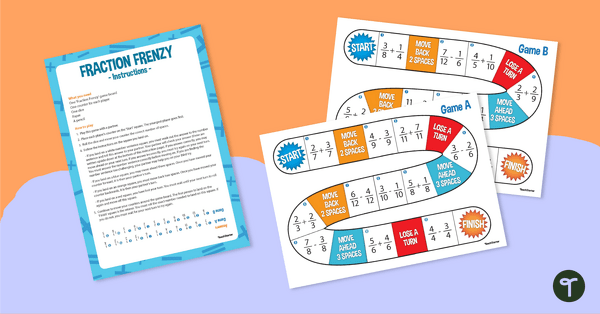
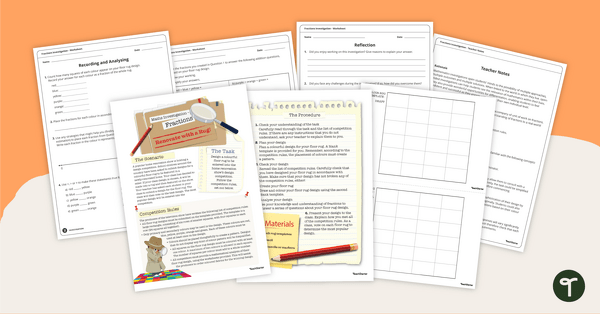




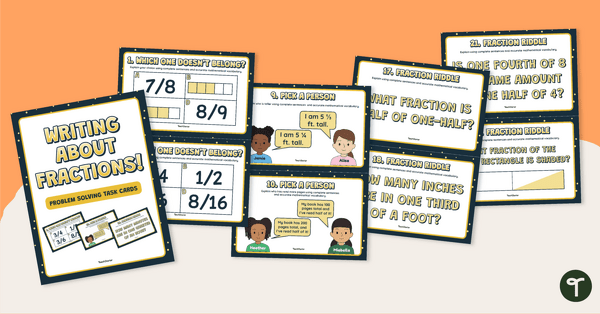
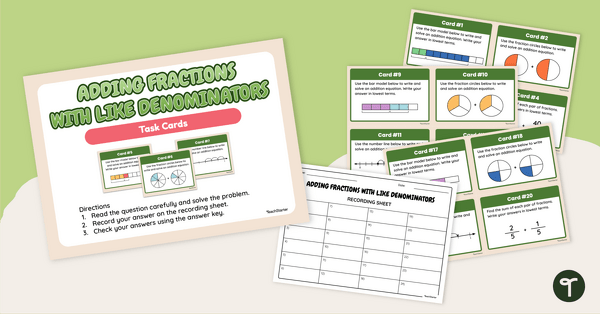
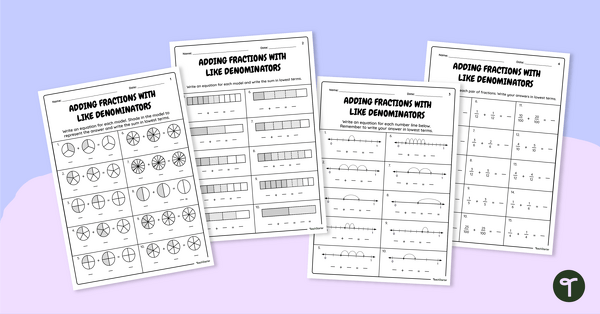
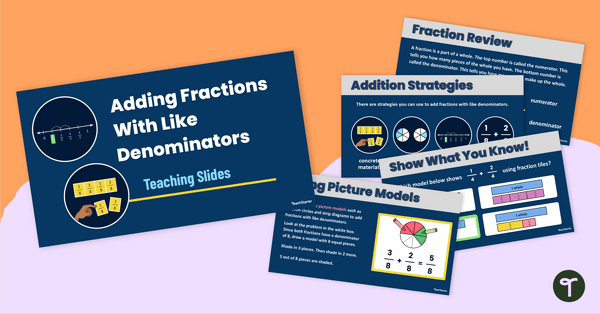
0 Comments
Write a review to help other teachers and parents like yourself. If you'd like to request a change to this resource, or report an error, select the corresponding tab above.